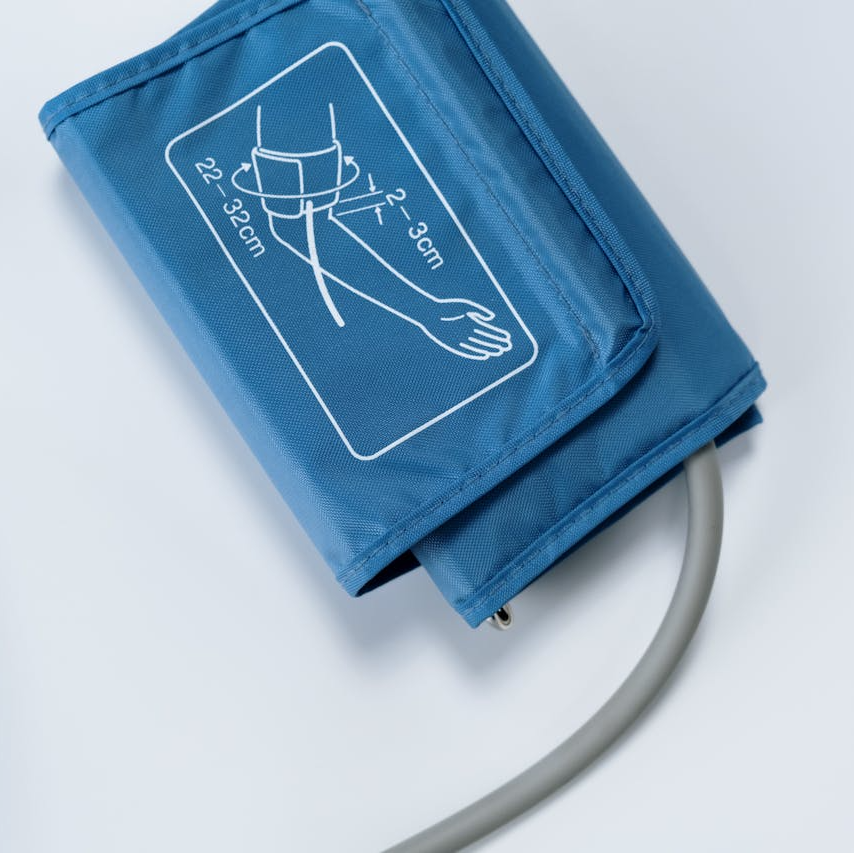Key Takeaways
-
Medicare Advantage plans offer extra perks like vision, dental, and wellness benefits, but they come with network restrictions and out-of-pocket costs that Original Medicare doesn’t have.
-
It’s important to weigh the trade-offs, including provider limitations and cost-sharing requirements, before enrolling in a Medicare Advantage plan.
Medicare Advantage Plans: A Closer Look at the Extras
Medicare Advantage (Part C) is a popular alternative to Original Medicare, combining hospital and medical coverage with additional benefits. Many plans include dental, vision, hearing, and fitness perks, which can be appealing if you want coverage beyond what Original Medicare offers. But before you jump in, it’s essential to look beyond the extras and understand how these plans operate.
The Perks That Make Medicare Advantage Plans Stand Out
One of the biggest selling points of Medicare Advantage plans is the extra benefits they provide. Many plans include coverage for:
-
Dental care – routine cleanings, fillings, and sometimes dentures
-
Vision benefits – eye exams, glasses, and contact lenses
-
Hearing services – hearing exams and discounts on hearing aids
-
Wellness programs – gym memberships and fitness programs
-
Telehealth services – virtual doctor visits for convenience
These extras can make a Medicare Advantage plan look like a great deal compared to Original Medicare, which doesn’t cover most of these services. However, there’s more to consider than just the added perks.
The Catch: Network Restrictions and Provider Limitations
Unlike Original Medicare, which lets you see any provider that accepts Medicare, Medicare Advantage plans usually have provider networks. These networks can limit your choices in several ways:
-
Health Maintenance Organization (HMO) plans require you to use in-network providers and get referrals to see specialists.
-
Preferred Provider Organization (PPO) plans offer more flexibility but charge higher costs if you go out-of-network.
-
Special Needs Plans (SNPs) cater to specific health conditions and have even stricter networks.
If you have a trusted doctor or specialist, make sure they’re in-network before switching to a Medicare Advantage plan. Otherwise, you could end up paying significantly more or having to change providers.
The Cost Trade-Offs: Lower Premiums but Higher Out-of-Pocket Costs
Medicare Advantage plans often have lower monthly premiums compared to Medigap (Medicare Supplement) plans, but the overall cost structure can be different. Here’s what you need to consider:
-
Deductibles and Copays: Most Medicare Advantage plans require you to pay copays for doctor visits, hospital stays, and other services.
-
Maximum Out-of-Pocket (MOOP) Limit: These plans have an annual cap on out-of-pocket costs, which can still be substantial depending on your healthcare usage.
-
Cost Variability: Your expenses can vary each year based on plan changes, provider networks, and medical needs.
If you frequently visit specialists or require hospital care, these out-of-pocket costs could add up quickly compared to Original Medicare combined with a Medigap policy.
Prescription Drug Coverage: Convenience vs. Plan Restrictions
Most Medicare Advantage plans include Part D prescription drug coverage, simplifying things by bundling medical and drug coverage into one plan. However, this also means:
-
You’re restricted to the plan’s formulary (list of covered drugs), which may not include all your medications.
-
Drug costs vary by tier levels, meaning some medications may require higher copays or prior authorization.
-
If your medications change, you may need to switch plans during Medicare’s Annual Enrollment Period (October 15 – December 7).
If you rely on specific medications, review the plan’s formulary before enrolling to avoid unexpected costs.
Medicare Advantage vs. Original Medicare: The Flexibility Factor
A major difference between Medicare Advantage and Original Medicare is flexibility. Here’s how they compare:
-
Provider Access: Original Medicare allows you to see any doctor or specialist nationwide who accepts Medicare, while Medicare Advantage has network restrictions.
-
Referrals & Prior Authorizations: Many Medicare Advantage plans require prior approval for specialist visits, tests, and procedures, whereas Original Medicare does not.
-
Coverage While Traveling: Original Medicare covers you anywhere in the U.S., whereas many Medicare Advantage plans limit coverage outside their service area.
If you travel frequently or need a wide choice of providers, Original Medicare with a Medigap plan might be a better fit.
Enrollment Considerations: When and How to Choose
Medicare Advantage enrollment is time-sensitive, so knowing the key dates is crucial:
-
Initial Enrollment Period (IEP): 7-month window around your 65th birthday to sign up.
-
Annual Enrollment Period (AEP): October 15 – December 7 each year to switch, join, or drop a plan.
-
Medicare Advantage Open Enrollment Period: January 1 – March 31 each year to switch to a different Medicare Advantage plan or return to Original Medicare.
-
Special Enrollment Periods (SEPs): Available if you experience life changes, like moving out of your plan’s service area.
If you enroll in a Medicare Advantage plan and later regret it, switching back to Original Medicare may not always be straightforward, especially if you want a Medigap plan.
What Happens If Your Needs Change?
Your healthcare needs may evolve over time, making it important to regularly review your Medicare Advantage plan. Factors that could affect your coverage include:
-
Plan Changes: Medicare Advantage plans adjust benefits, costs, and provider networks each year.
-
New Health Conditions: More frequent doctor visits or specialist care might increase your out-of-pocket costs.
-
Medication Adjustments: A new prescription may not be covered under your plan’s formulary.
It’s essential to review your plan during Medicare’s Annual Enrollment Period to ensure it still meets your healthcare needs.
Are the Extra Benefits Worth the Trade-Off?
Deciding whether a Medicare Advantage plan is right for you comes down to what matters most:
-
If you prioritize low premiums, bundled benefits, and added perks like vision and dental, a Medicare Advantage plan may be a good fit.
-
If you value unrestricted provider access, predictable costs, and nationwide coverage, sticking with Original Medicare and a Medigap policy might be a better option.
Ultimately, there’s no one-size-fits-all answer. Carefully compare your healthcare needs, financial situation, and plan options before making a decision.
Ready to Make the Right Choice?
Before enrolling in a Medicare Advantage plan, talk to a licensed agent listed on this website. They can help you navigate plan options, provider networks, and costs so you can find the best Medicare coverage for your situation.









